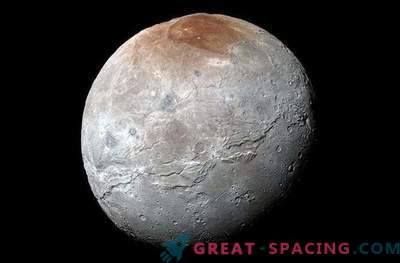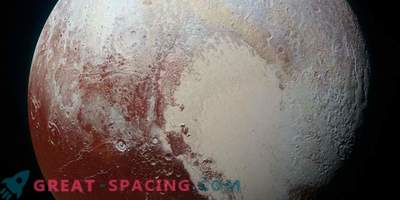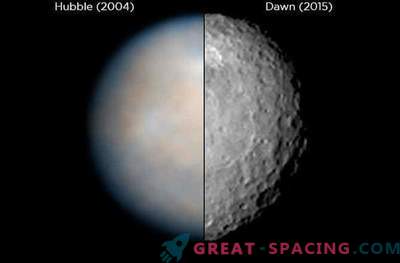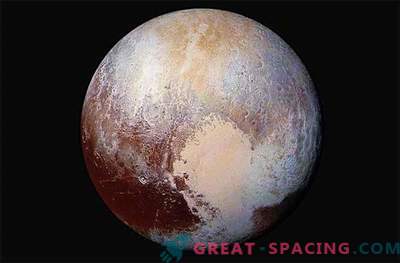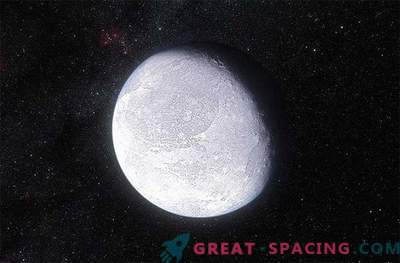
In July 2015, images of the dwarf planet Pluto and its moon satellite Charon, at which scientists can actually see what has been the subject of their hypotheses for a long time, will be taken at close range.
One of the last ideas put forward suggests that during the collision, as a result of which Pluto and Charon apparently formed, there was a strong heating of the core of Pluto, which turned out to be sufficient for the emergence of an ocean of liquid water and the formation of a small world the one on Earth.
“We predict that when NASA’s New Horizons (New Horizons) spacecraft comes close to Pluto, it will see evidence of ancient tectonic activity,” said Brown University, USA, scientist Amy Barr. ), co-author of a new article she co-authored with geology professor Jeffrey Collins for the latest issue of Icarus magazine. Speaking of “ancient” activity, Barr has in mind what happened during the first billion years of the solar system's history.
Pluto consists of antifreeze?
Barr and Collins proposed a model of the “Pluto-Charon” system based on the assumption that the initial collision of two bodies released enough heat to melt the core of Pluto and create an ocean that could “live” under the ice crust to our time. “After creating the ocean inside the ice body, it is already difficult to get rid of it,” says Barr. “Because as this ocean freezes, the liquid part remaining inside it is more and more enriched in salts and ammonia, which serve as antifreeze.” is the possibility of the formation of the ocean of ice tectonic plates on the surface of Pluto.
“The main thing that we know is that the angular momentum should have been maintained as the system evolved,” said Barr. Given this fact, scientists modeled a variety of scenarios for the development of events depending on where Charon’s orbit was located immediately after the collision, since no one really knows its primary position. At the same time examining each scenario, they saw that Charon’s orbit gradually shifted outward in time, just as it does with the moon’s orbit around the Earth.
At a time when Pluto and Charon were closer and still too hot after their collision, they attracted each other much stronger and therefore, as a result, had an egg-like appearance. But as Charon retired, Pluto became more spherical. The change in the shape of the ice surface was supposed to crack it and create defects — clear signs of tectonic activity.
“In the scenarios that we considered, it was possible to create more than enough different types of stress conditions to simulate all kinds of tectonic features,” Amy Barr concluded.

